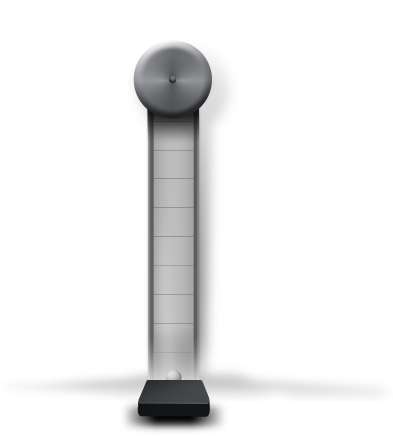
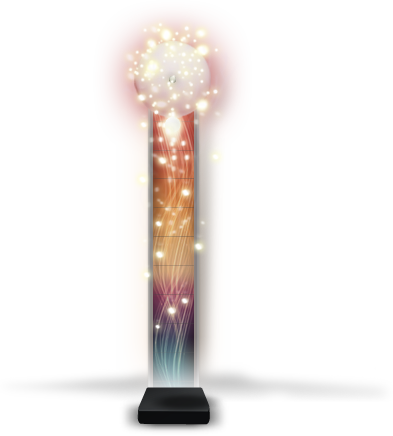
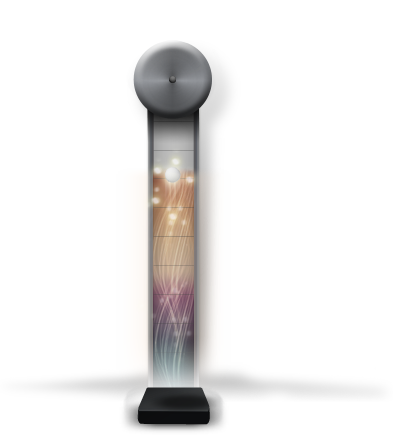
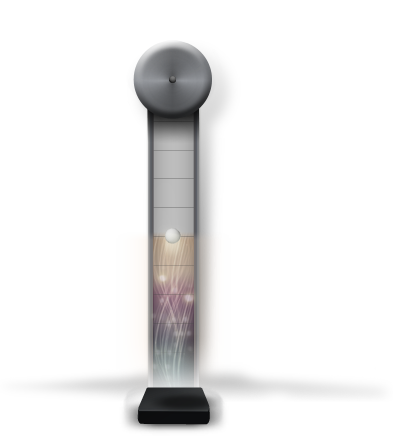
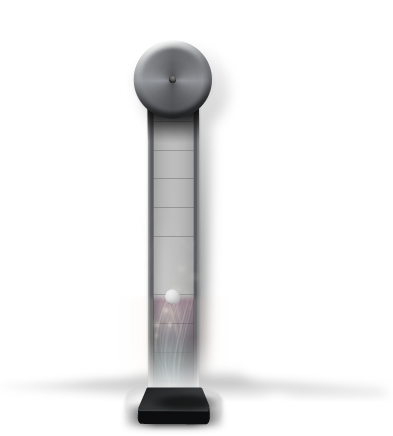

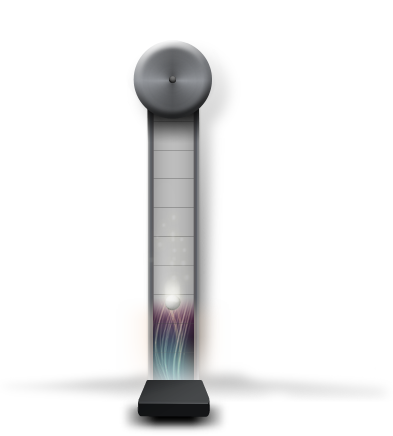
The first high floods the
brain with the chemical
that makes us feel
good—dopamine. This
causes an intense rush.
Take a bigger hit with the hammer.
brain with the chemical
that makes us feel
good—dopamine. This
causes an intense rush.
Take a bigger hit with the hammer.
Meth stops delivering
the same high as it
lowers dopamine levels
and damages the brain.
So users start taking
more of the drug.
Take a bigger hit with the hammer.
the same high as it
lowers dopamine levels
and damages the brain.
So users start taking
more of the drug.
Take a bigger hit with the hammer.
The overstimulation damages the reward center of the
brain.
While severe brain and body damage occurs, users find it harder to feel good and consume even more Meth.
Take a bigger hit with the hammer.
While severe brain and body damage occurs, users find it harder to feel good and consume even more Meth.
Take a bigger hit with the hammer.
Driven by addiction and
uncontrollable cravings,
users keep taking more
and more Meth even
though it no longer
produces pleasure.
Take a bigger hit with the hammer.
uncontrollable cravings,
users keep taking more
and more Meth even
though it no longer
produces pleasure.
Take a bigger hit with the hammer.
Severe brain and body
damage occurs as users
keep taking more and
more Meth—always
chasing that initial high,
but never reaching it.
damage occurs as users
keep taking more and
more Meth—always
chasing that initial high,
but never reaching it.
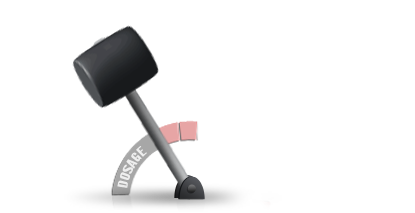
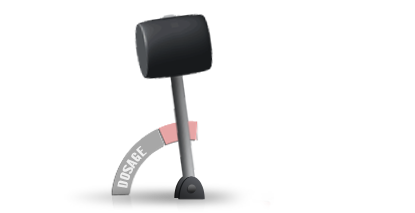
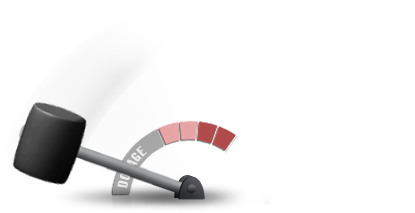
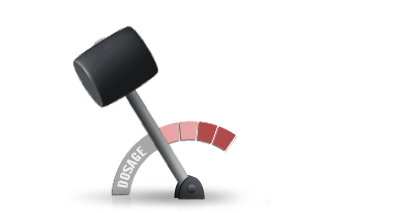
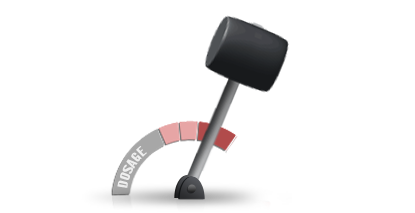
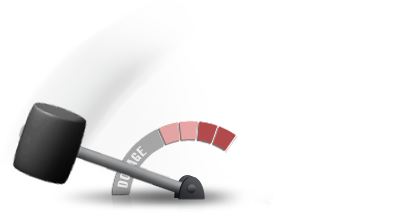
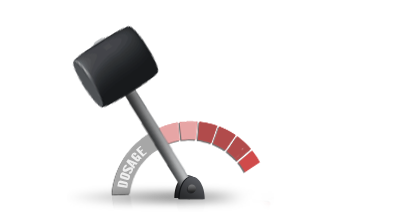
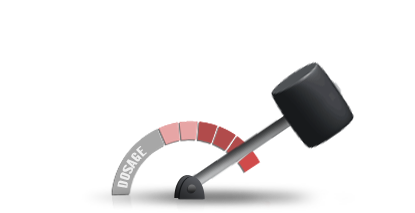
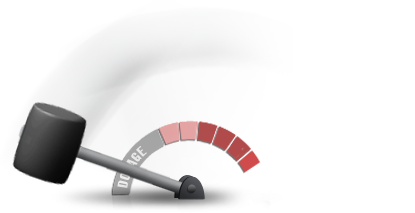
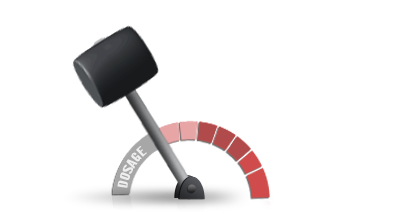
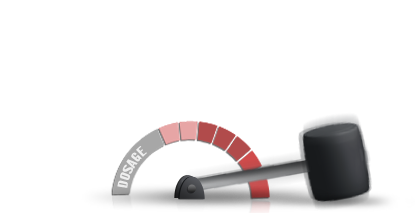
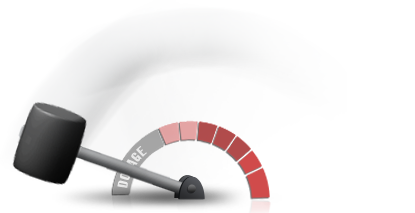
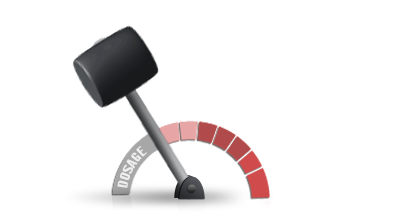



Chasing The High
The first high is nearly impossible to duplicate. As users try to escape the rebound low and recreate that initial feeling, they take more and more of the drug. Addicted, users keep taking Meth long after it stops giving them pleasure, despite the consequences.
Tap the hammer to take a hit
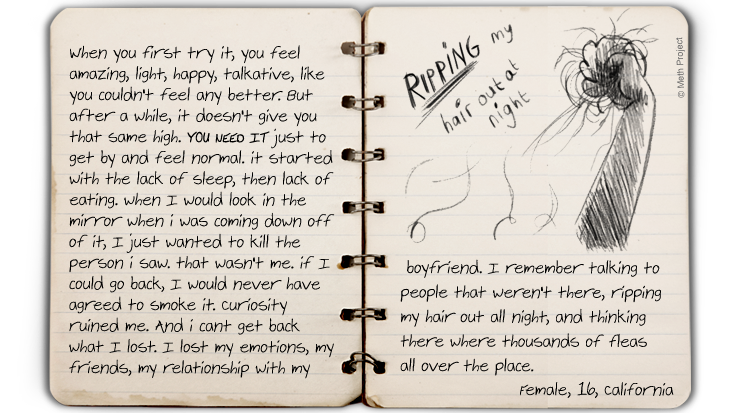
Terms
-
A powerfully compulsive urge to use. Intense physical and psychological cravings make it difficult to quit using methamphetamine. Rochelle's Story
-
Over time, users begin to feel little to no effect from Meth, causing them to take more and more in an attempt to achieve the high. How It Works
-
People, places, items, or emotions that are linked to getting high. Exposure to these cues—even briefly, and sometimes even subconsciously—can trigger intense craving for the methamphetamine, and make it very hard for someone who is addicted to stop using Meth. Building Triggers













